An exceptionally rare and large heirloom black-glazed 'yuteki tenmoku' tea bowl, Southern Song dynasty and a cinnabar lacquer 'f
Lot 2503. Property from The Daikomyo-ji. An exceptionally rare and large heirloom black-glazed 'yuteki tenmoku' tea bowl, Southern Song dynasty and a cinnabar lacquer 'floral' bowl stand, Ming dynasty, early 15th century; bowl d. 18 cm, bowl stand l. 20.7 cm, Japanese wood box. Lot Sold 3,810,000 HKD (Estimate 3,000,000 - 5,000,000 HKD). © Sotheby's 2023
Provenance: Passed down in Japan since medieval times, and thereafter in the collection of the Daikomyo-ji temple.
Note: Superbly potted of generous proportions, the current tea bowl, decorated with a most exquisite dappled black glaze with striking iridescent 'oil spot' markings, is a very rare and exemplary product of the Song dynasty (960-1279) Jian kilns in northern Fujian province. The desirability of these bowls coevolved with the tea-drinking tradition of the period in China and across the region in Asia, with travelling monks bringing the vessels to Japan during the Kamakura period, which explains why many of the greatest extant tenmoku bowls have been passed down in Japan. The tradition of densei ('passing down') in Japan refers to the passing down of cherished objects from one generation to the next within a lineage, which further elevates each object over time.
The unpredictability of the air bubbles in the glaze as they burst during the firing had an effect on the outcome of the black glazes of the tea bowls from the Jian kilns, which explains why tenmoku bowls are seen with ‘hare’s fur’ streaks, as well as oil spots, each one ranging in tone from russet brown to metallic blue. Bowls with russet-brown ‘hare’s fur’ streaks are perhaps more commonly seen and most iconic of the Jian tea bowls, but those with a metallic bluish tinge, such as the present bowl, are the most sought after and celebrated.
Jian artisans experimented within this ceramic type with dazzling results. By manipulating body and glaze compositions, kiln temperatures, the cooling process, and allowing for the interventions of chance factors in the firing process, Jian potters created wares that display the full potential of the iron oxide glaze, and in order to achieve the shimmering effect of 'oil-spot' glazes, the craftsman would have had to interrupt the firing between the moment when the spots formed and the moment when they dissolved into streaks.
The generous proportions of the current bowl are also particularly notable, as large Jian bowls are considerably rarer. During the excavation at Luhuaping in Jianyang, Fujian, only three large conical bowls (average size measuring 18.2 cm) were recovered, against a total of 980 tea bowls, see Robert D. Mowry, Hare’s Fur, Tortoiseshell, and Partridge Feathers, Harvard University Art Museums, Cambridge, 1995, p. 207, p. 217.
Compare a similar yuteki tenmoku conical bowl, also of generous proportions (19.2 cm), from the collection of Charles Lang Freer who purchased it from Shinsuke Hayashi in Kyoto in 1909, now preserved in the Freer Gallery of Art, Smithsonian Institution, Washington, D.C, F1909.369.
Sotheby's. Karamono: Heirlooms of Chinese Art from Medieval Japan, Hong Kong, 9 October 2023

/https%3A%2F%2Fprofilepics.canalblog.com%2Fprofilepics%2F1%2F0%2F100183.jpg)
/https%3A%2F%2Fstorage.canalblog.com%2F03%2F02%2F119589%2F96711876_o.jpg)
/https%3A%2F%2Fstorage.canalblog.com%2F11%2F31%2F119589%2F94773502_o.jpg)
/https%3A%2F%2Fstorage.canalblog.com%2F20%2F83%2F119589%2F94772815_o.jpg)
/https%3A%2F%2Fstorage.canalblog.com%2F26%2F72%2F119589%2F75604929_o.jpg)
/https%3A%2F%2Fstorage.canalblog.com%2F59%2F60%2F119589%2F26458628_o.jpg)
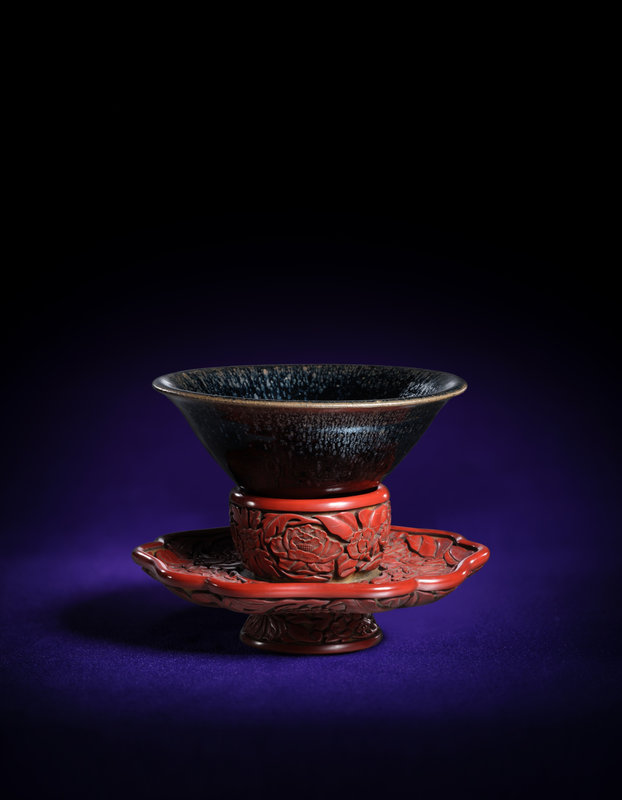
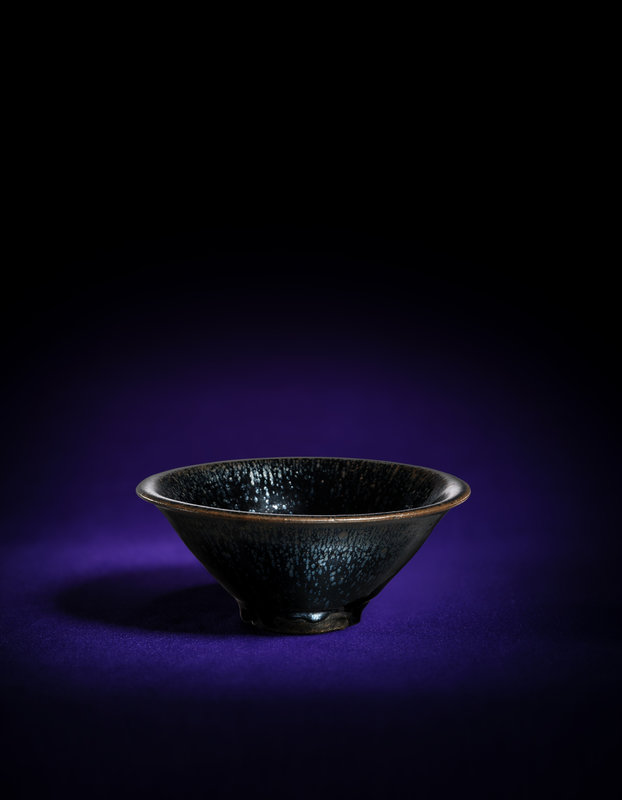
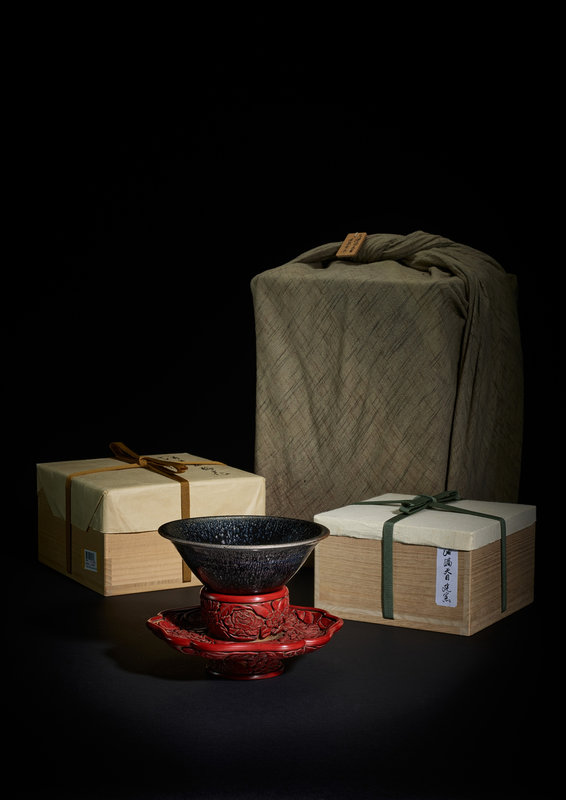

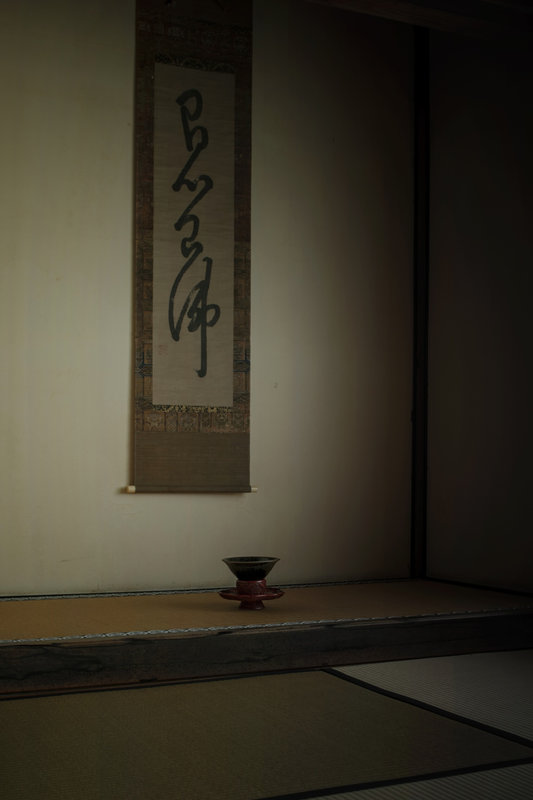

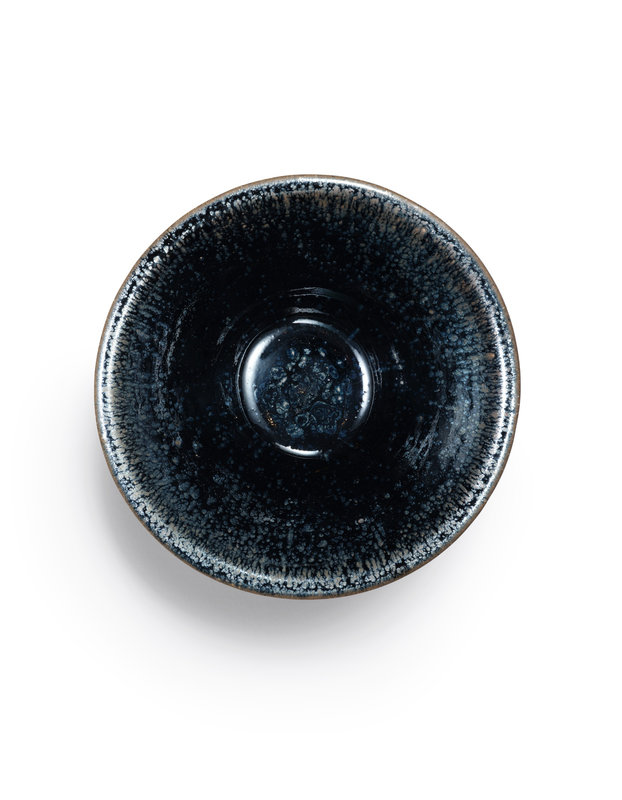
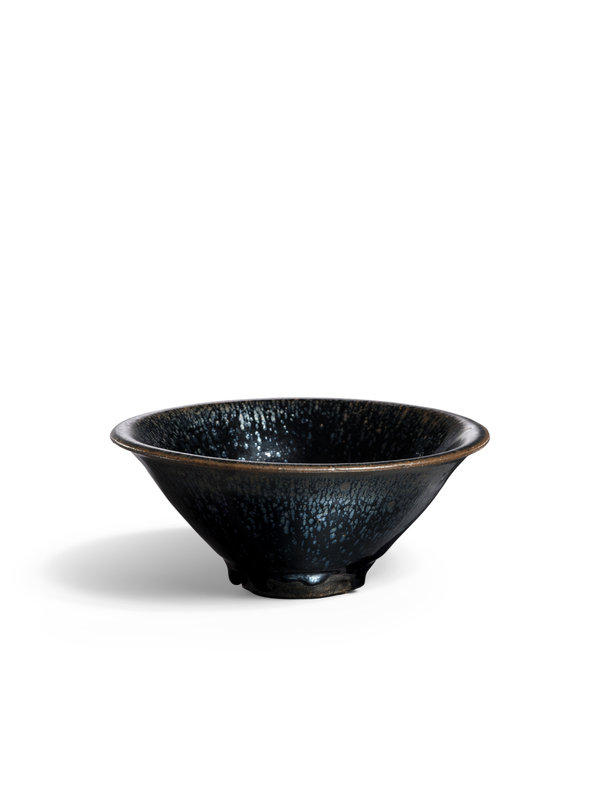



/image%2F1371349%2F20240331%2Fob_a6f470_2024-nyr-22642-0857-000-a-large-black.jpg)
/image%2F1371349%2F20240329%2Fob_2f6b6c_854-1.jpg)
/image%2F1371349%2F20240329%2Fob_825c4d_2024-nyr-22642-0851-000-a-rare-black-g.jpg)
/image%2F1371349%2F20240310%2Fob_c07d5f_431784166-1629273904509289-60855268133.jpg)